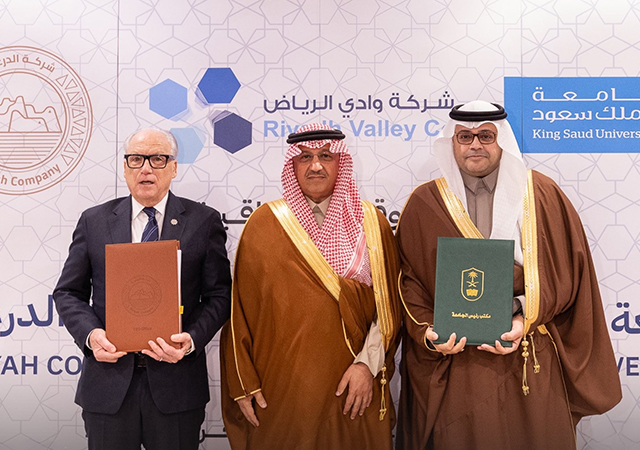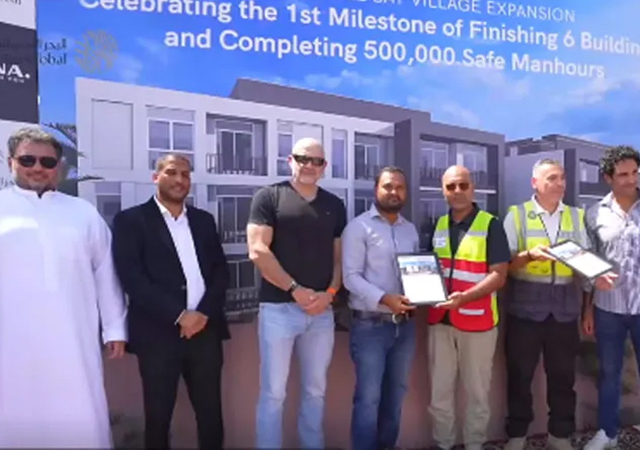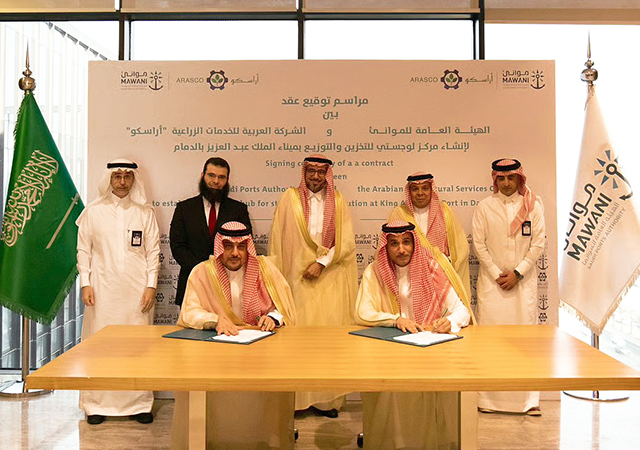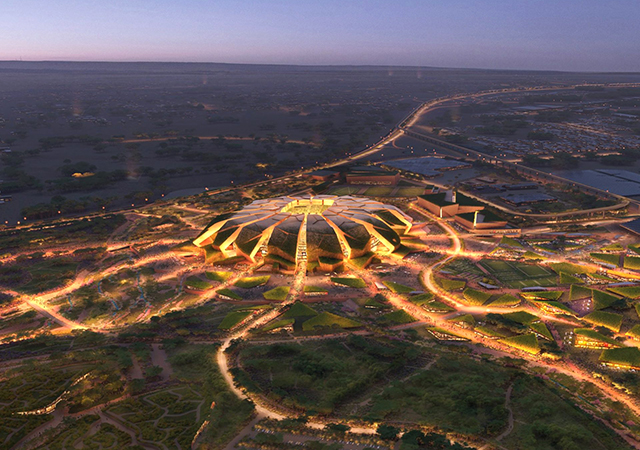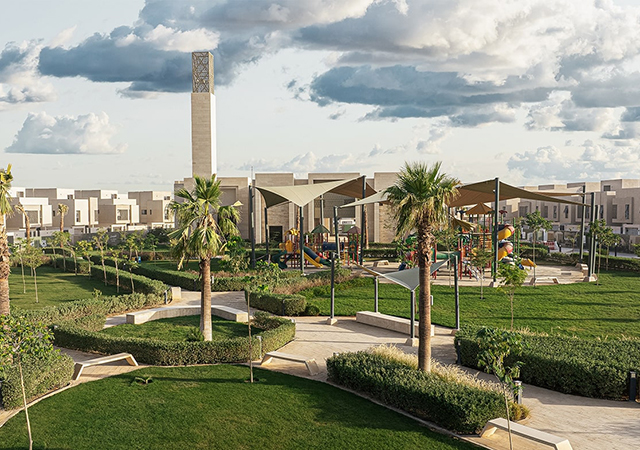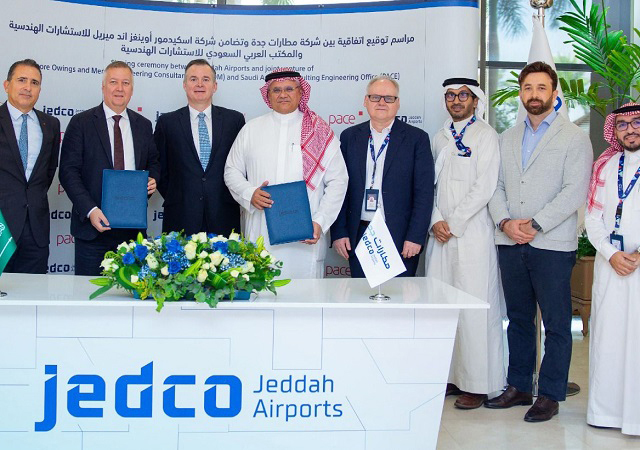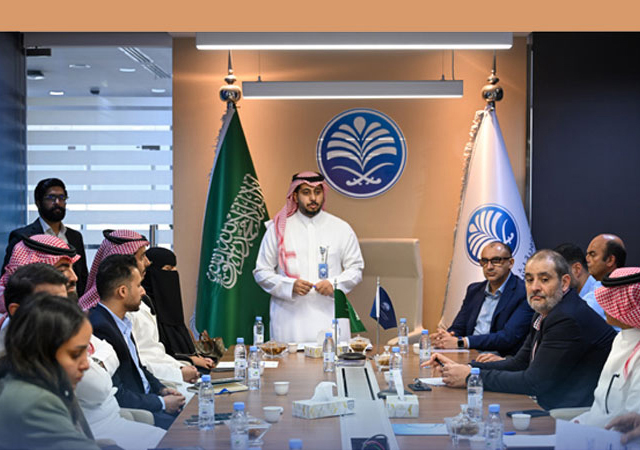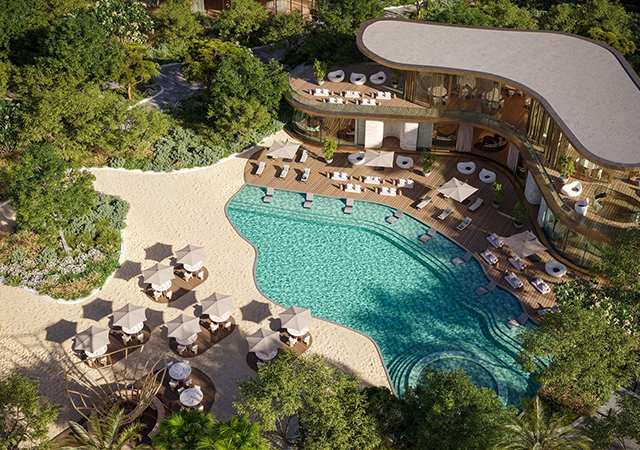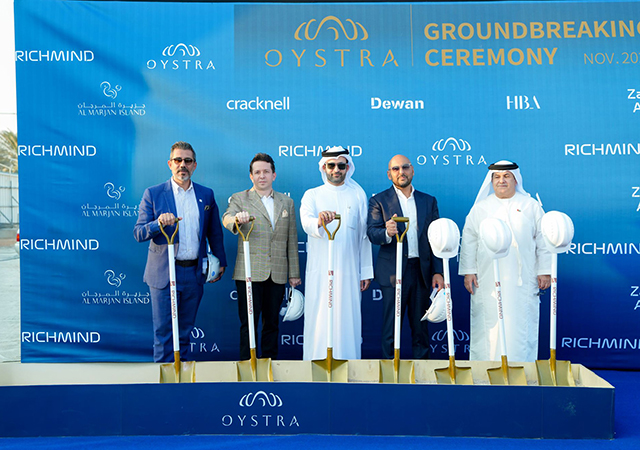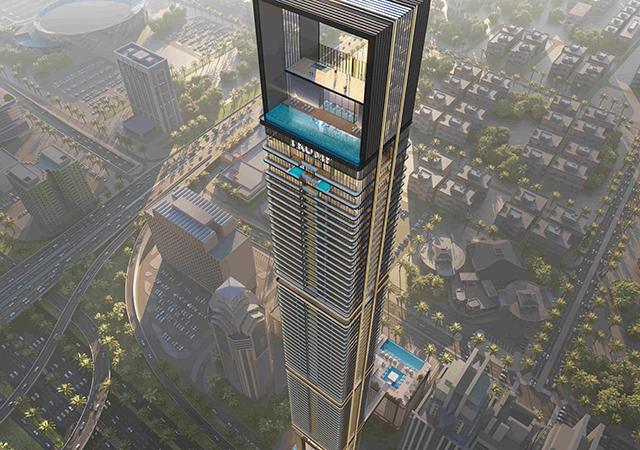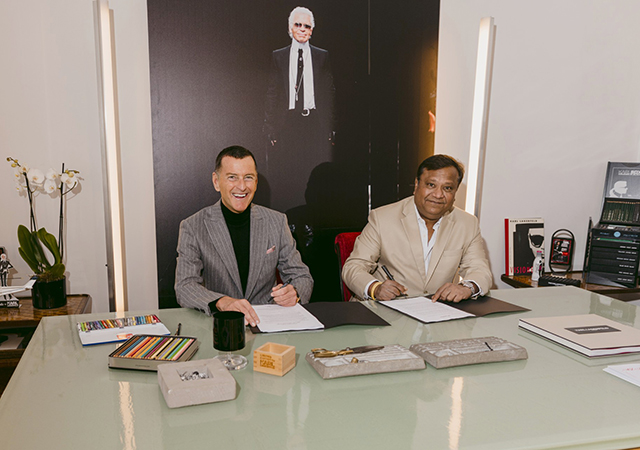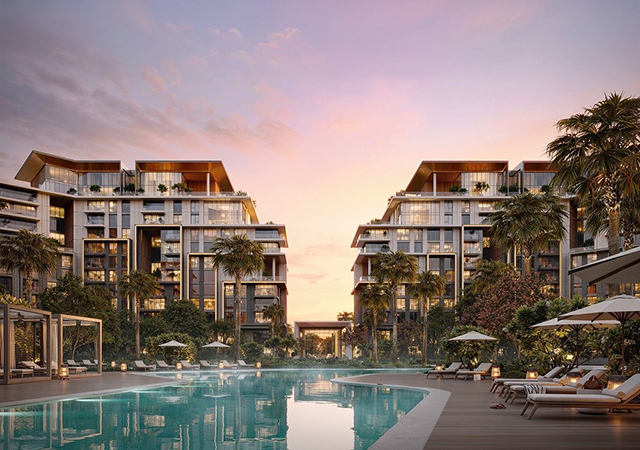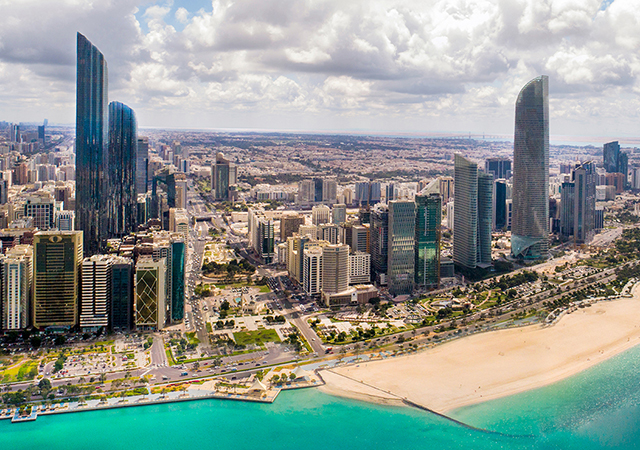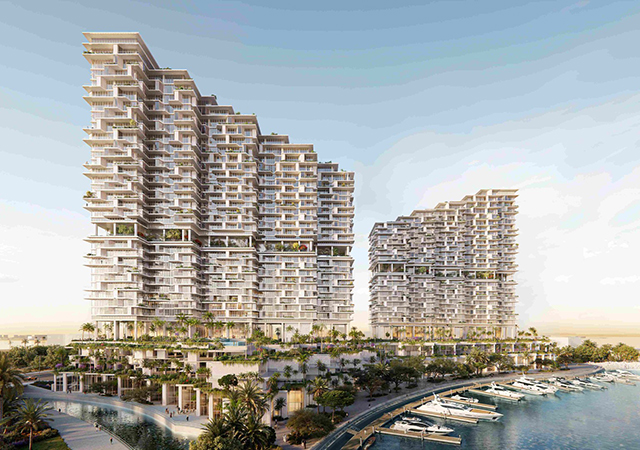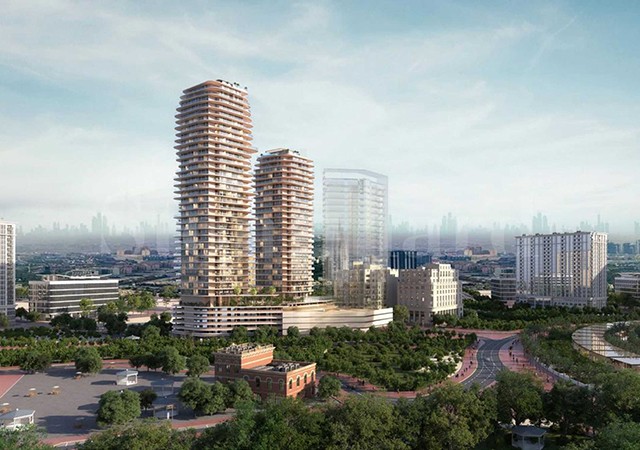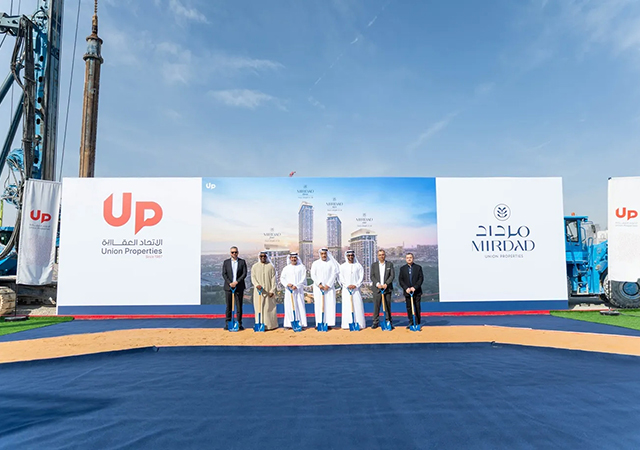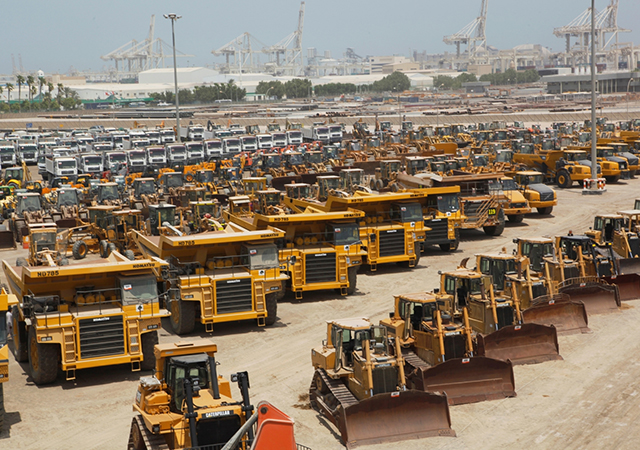 Sarnafil TS ... applied at the Stadium of Peace and Friendship.
Sarnafil TS ... applied at the Stadium of Peace and Friendship.
The increasing importance placed on environmental protection has had a direct consequence on the design and process management in the production of construction materials and, in this case, the production of plastics in general.
Traditionally important product characteristics such as the price-performance ratio, functionality, aesthetic design and user-friendliness are no longer the only criteria by which a product is chosen.
Quality is coming increasingly to the fore as is avoiding the use of hazardous materials for the environment, sparing use of natural resources as well as recycling and disposal options.
As well as the acute health hazard for employees and craftsmen during production and processing, a major concern is that a product does not pose a risk to the health of users, who are exposed to it over a longer period.
Anticipating the changing trends, Sarnafil has uncompromisingly implemented the necessary improvements to its Sarnafil TG 66/TS77 synthetic waterproofing membranes in the early 1990s. In addition, all products in the Sarnafil T product range are halogen free making them recyclable.
Sarnafil T synthetic roofing and waterproofing membranes are based on flexible polyolefin (FPO) and are suitable for all climatic conditions.
Technological advancement in the manufacture of plastics have led to an improvement in the specific characteristics of Sarnafil T, resulting in a sheet with a higher mechanical strength despite the use of less material. In comparison with the well-known PVC membranes, Sarnafil T could be produced with a lower material thickness and yet retain the same mechanical strength. That means a reduced use of resources of approximately 20 per cent in the manufacture of the same surface area of waterproofing sheet.
Stress tests indicate a long life cycle for Sarnafil T membranes. Under normal conditions Sarnafil TG 66/TS77 can reach a service live in excess of 40 years.
Base materials
There are no toxic substances or halogenated compounds and neither the polymeric raw material nor the additives are subject to identification requirements on the basis of EC or other countries directives or hazardous materials regulation.
Usage
Although the synthetic waterproofing sheet is exposed to the effects of light, water, micro-organisms and mechanical strain over a long time period, ageing tests carried out on Sarnafil T sheet under extreme conditions (ultraviolet light exposure, buried in the earth, storage in water, and thermal strains) have shown that the material under analysis was not subject to microbiological attack.
During usage, Sarnafil T is a retentive system – potential migration of material from the sheet are insignificant both in terms of the nature and the quantity and therefore does not represent a hazard for people or for the environment.
Recycling
Every product creates waste, mainly during the manufacturing process, but ultimately, at the end of the life cycle.
As a thermoplastic material, Sarnafil T is fundamentally well suited to recycling. Any waste that is generated can simply be converted into polymer granulates (base material) again, in an environmentally-friendly manner.
Roofing
Sarnafil roofing systems have recently been represented at the 2004 Summer Olympic Games in Athens as well. The roof of the volleyball stadium is covered with Sarnafil TS 77-15 RAL 7040.
The robust roofing membrane Sarnafil TS 77-15-RAL7040 protects approximately 14,000 spectators and athletes in the Stadium of Peace and Friendship.
The location of the stadium, directly at the harbour, presented a particular challenge. Here, the torrid heat in summer and the near-freezing temperatures in winter, as well as varying wind strengths and the salty sea air, have an influence on the 35-m (115 ft) high building. The arena was an architectural eye-catcher of the Olympic Games. The roof has a concave shape and is only supported by pillars on the outside, so that the spectators can have an uninterrupted view of the volleyball court.
For over 40 years Sarnafil roofing membranes have excelled in quality, being weatherproof, flexible and long lasting. The company has to its credit, laid over 300 million sq m of Sarnafil membrane worldwide.



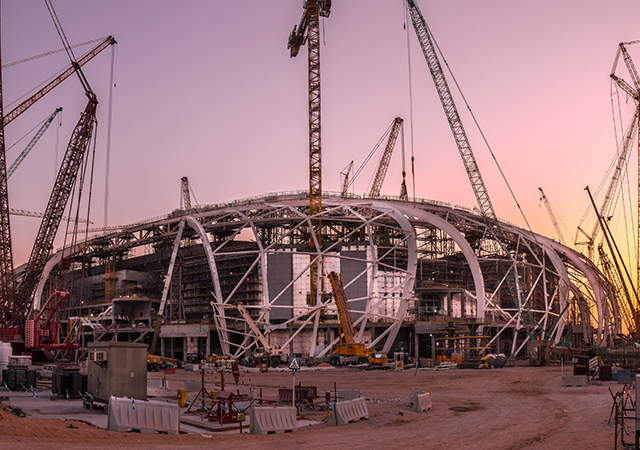
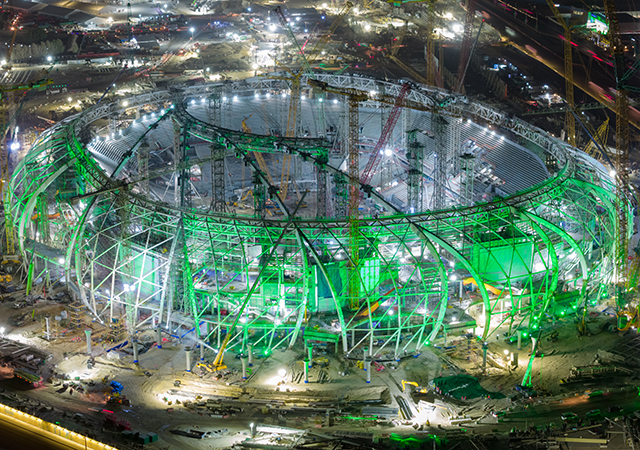

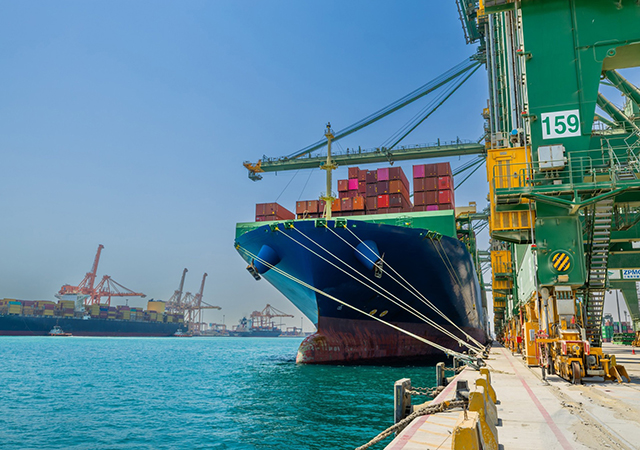
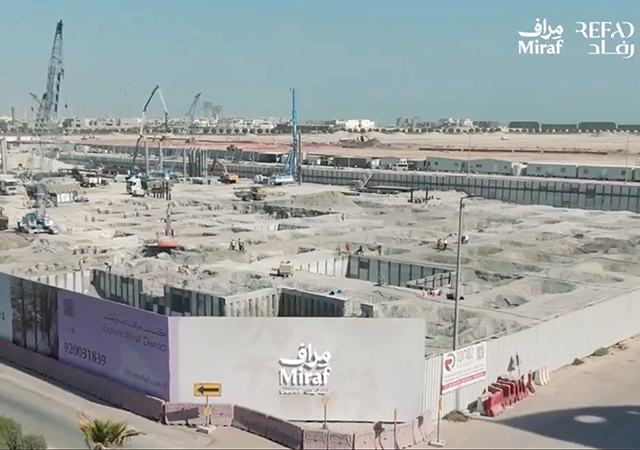
.jpg)
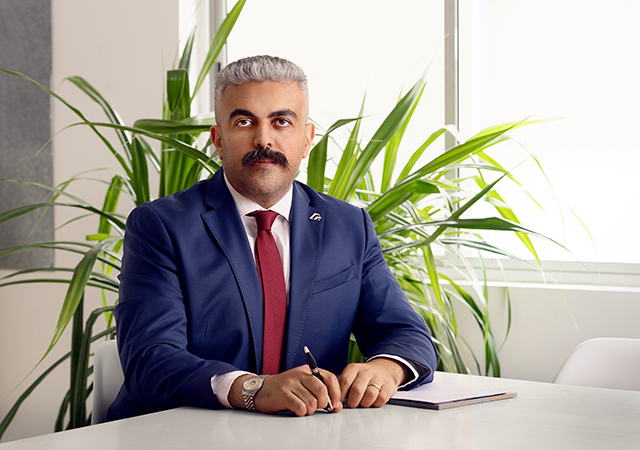


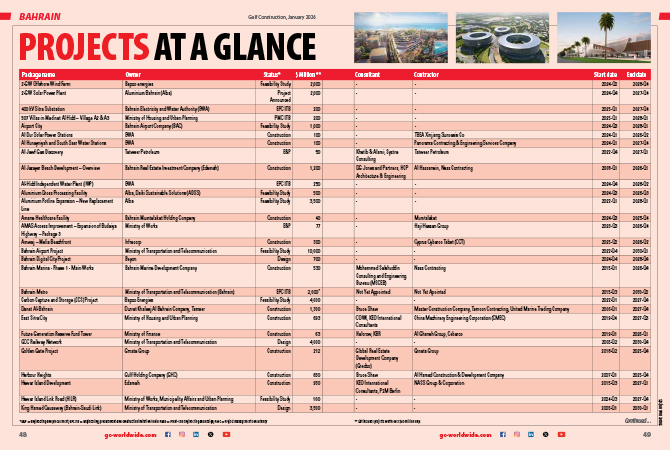
.jpg)
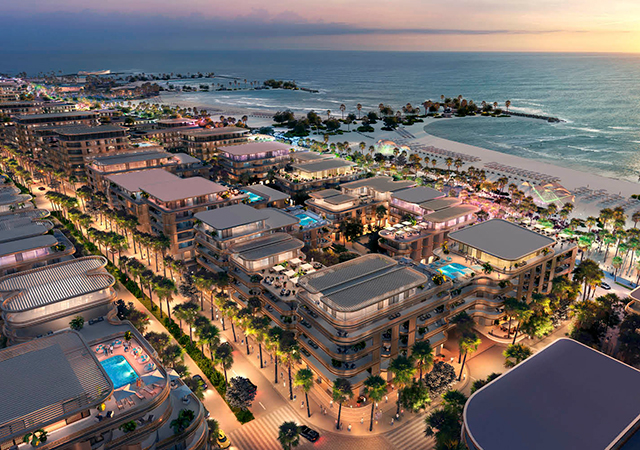
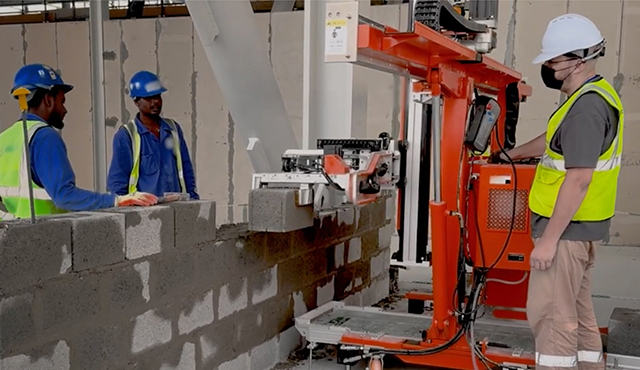
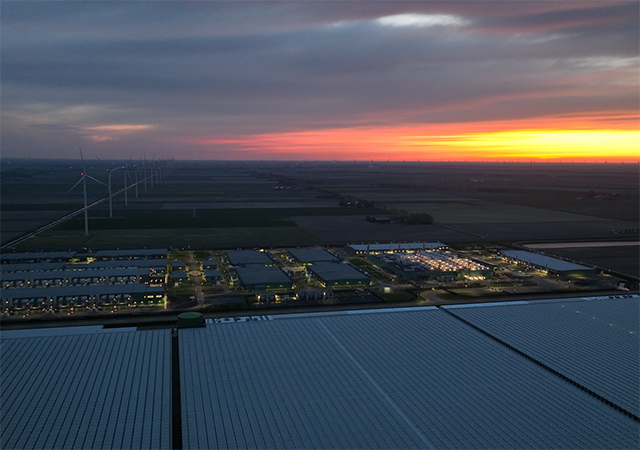
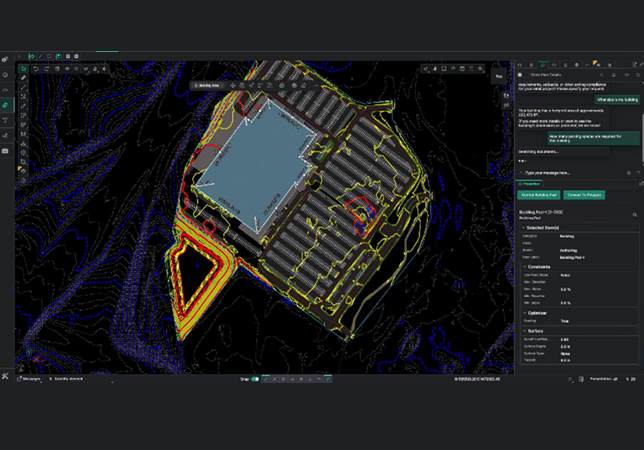

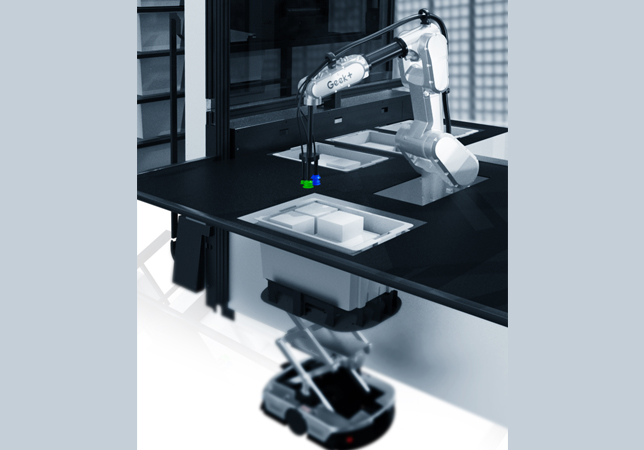

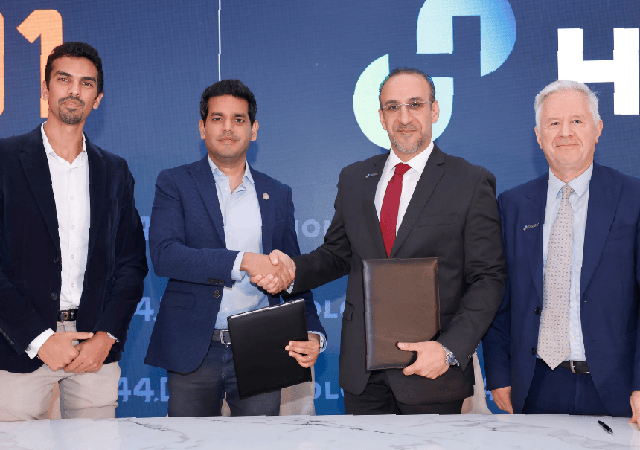
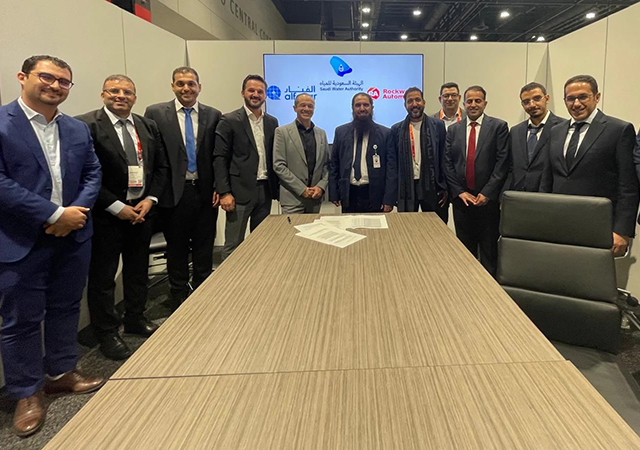

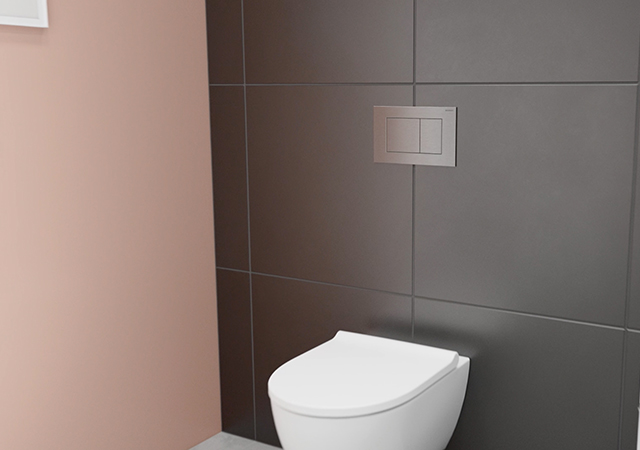
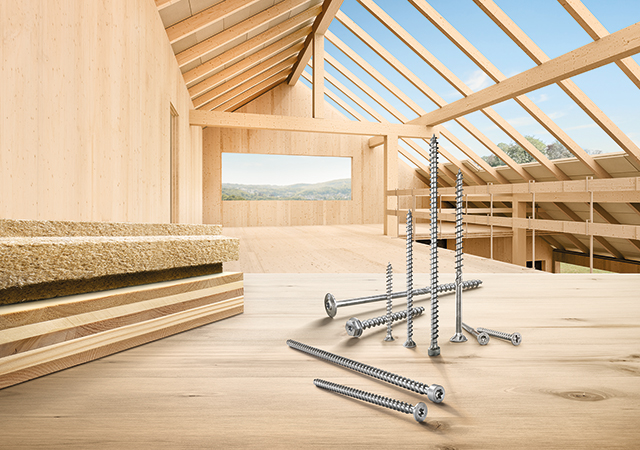
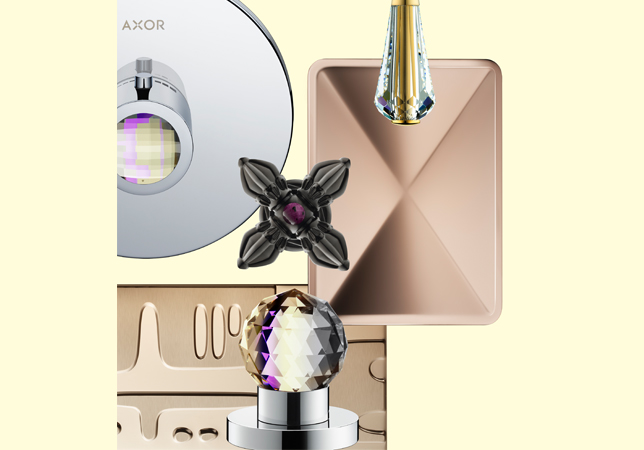

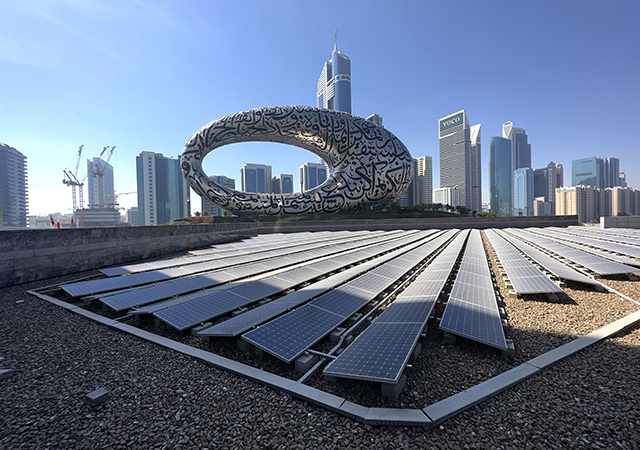
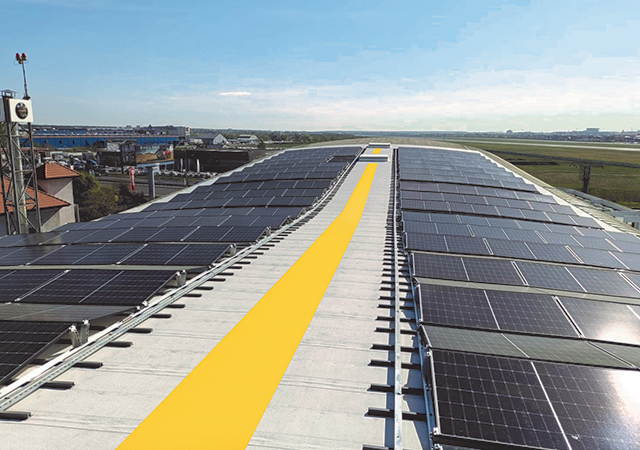
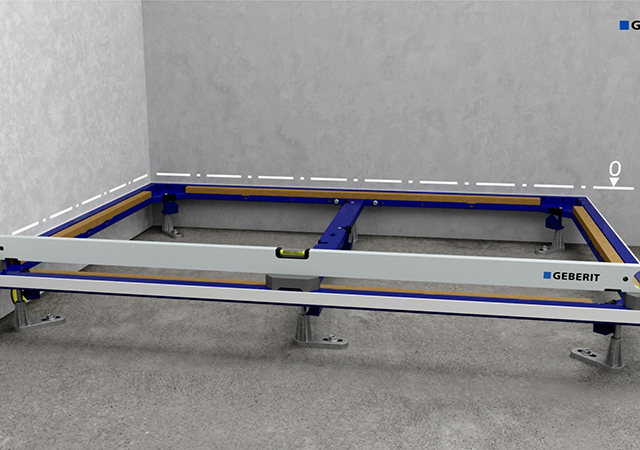

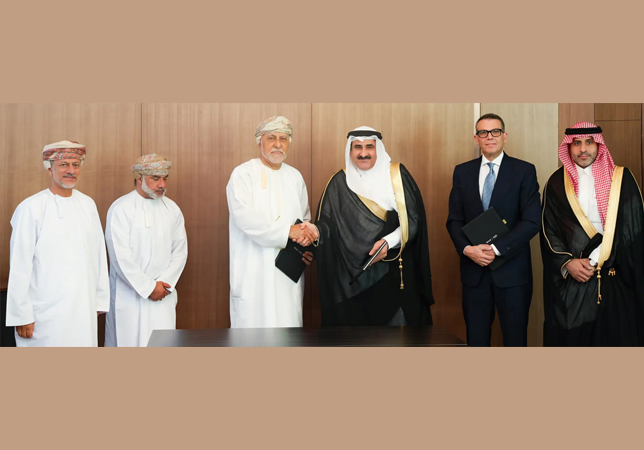
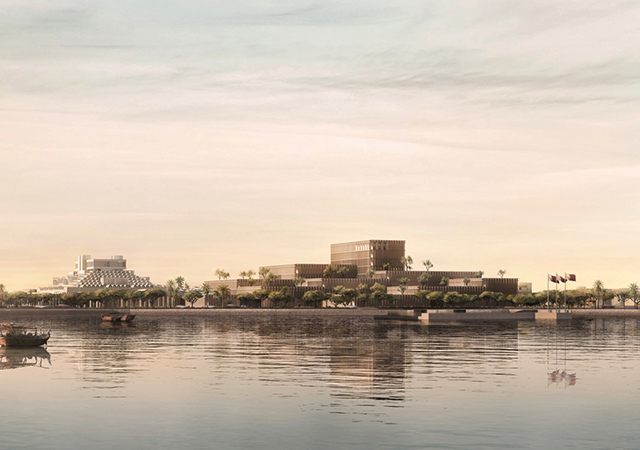



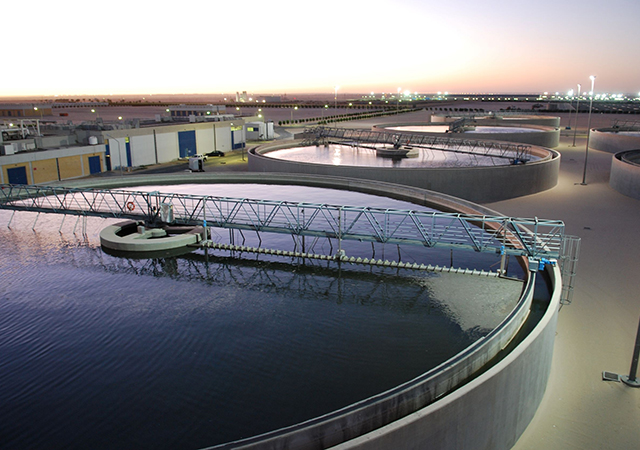
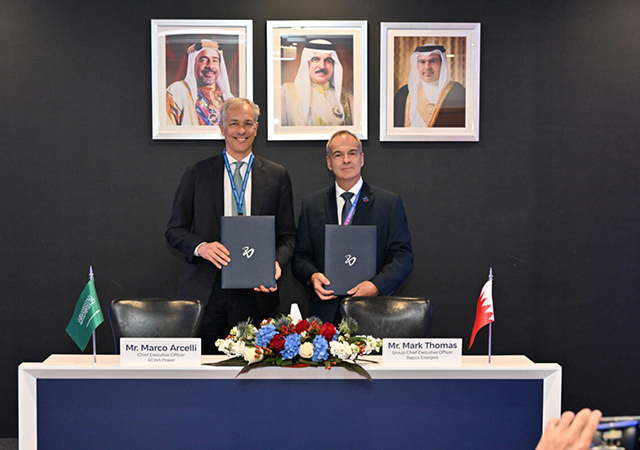


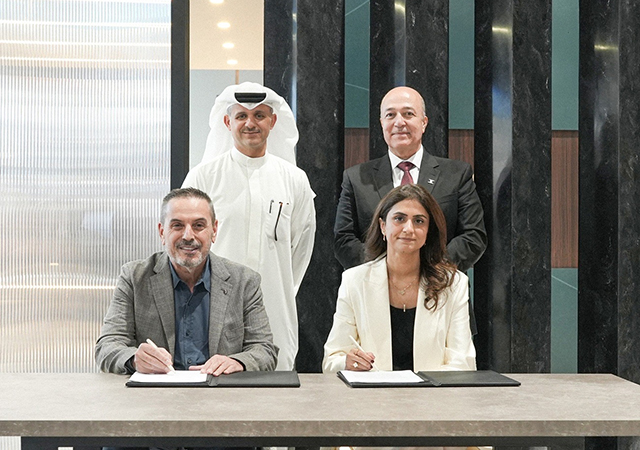
.jpg)
